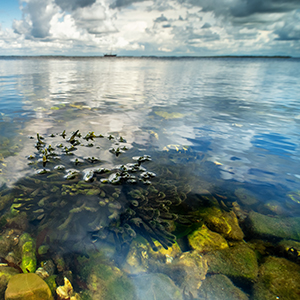Primary biodiversity data on zooplankton, macroinvertebrates, and fish from freshwater ecosystems of Uganda

All claims expressed in this article are solely those of the authors and do not necessarily represent those of their affiliated organizations, or those of the publisher, the editors and the reviewers. Any product that may be evaluated in this article or claim that may be made by its manufacturer is not guaranteed or endorsed by the publisher.
Accepted: 18 January 2023
Authors
Effective conservation requires reliable data and information on the status of biodiversity. The conservation of freshwater biodiversity lags behind terrestrial and marine biodiversity because data and information limitations are greatest in freshwater ecosystems. Given that freshwater ecosystems are inhabited by disproportionately more species than other ecosystems, paucity of data and information threatens many species and dependent ecosystem services. Data and information on freshwater biodiversity is limited mainly because few freshwater ecosystems are considered for regular monitoring. However, even existing data is scattered and in non-user-friendly formats, limiting accessibility and use. It is desirable to make freshwater biodiversity data and information accessible everywhere so that it attains its full potential in guiding conservation. To increase accessibility to freshwater biodiversity data in Uganda, we present 34 datasets covering three major freshwater taxa: zooplankton, macroinvertebrates, and fish within freshwater ecosystems in the country. The datasets provide occurrence records and corresponding abundance data where applicable for the three major groups. The datasets which are available through the Global Biodiversity Information Facility (GBIF) cover a long period from 1971-2021 and have a total of 56,104 occurrence records. Of these records, 8,674 records were published in 2022. The data were mobilized from primary biodiversity surveys conducted by scientists at the National Fisheries Resources Research Institute (NaFIRRI) in Uganda. The surveys covered most of the water bodies in the country. The datasets are envisaged to increase accessibility to data for freshwater conservation research, decision making and capacity building. The data has already found use in development of conservation tools and conservation status assessments.
Supporting Agencies
Global Biodiversity Information Facility (GBIF), JRS Biodiversity Foundation, Royal Belgian Institute of Natural Sciences (RBINS), National Fisheries Resources Research Institute (NaFIRRI)How to Cite

This work is licensed under a Creative Commons Attribution-NonCommercial 4.0 International License.






